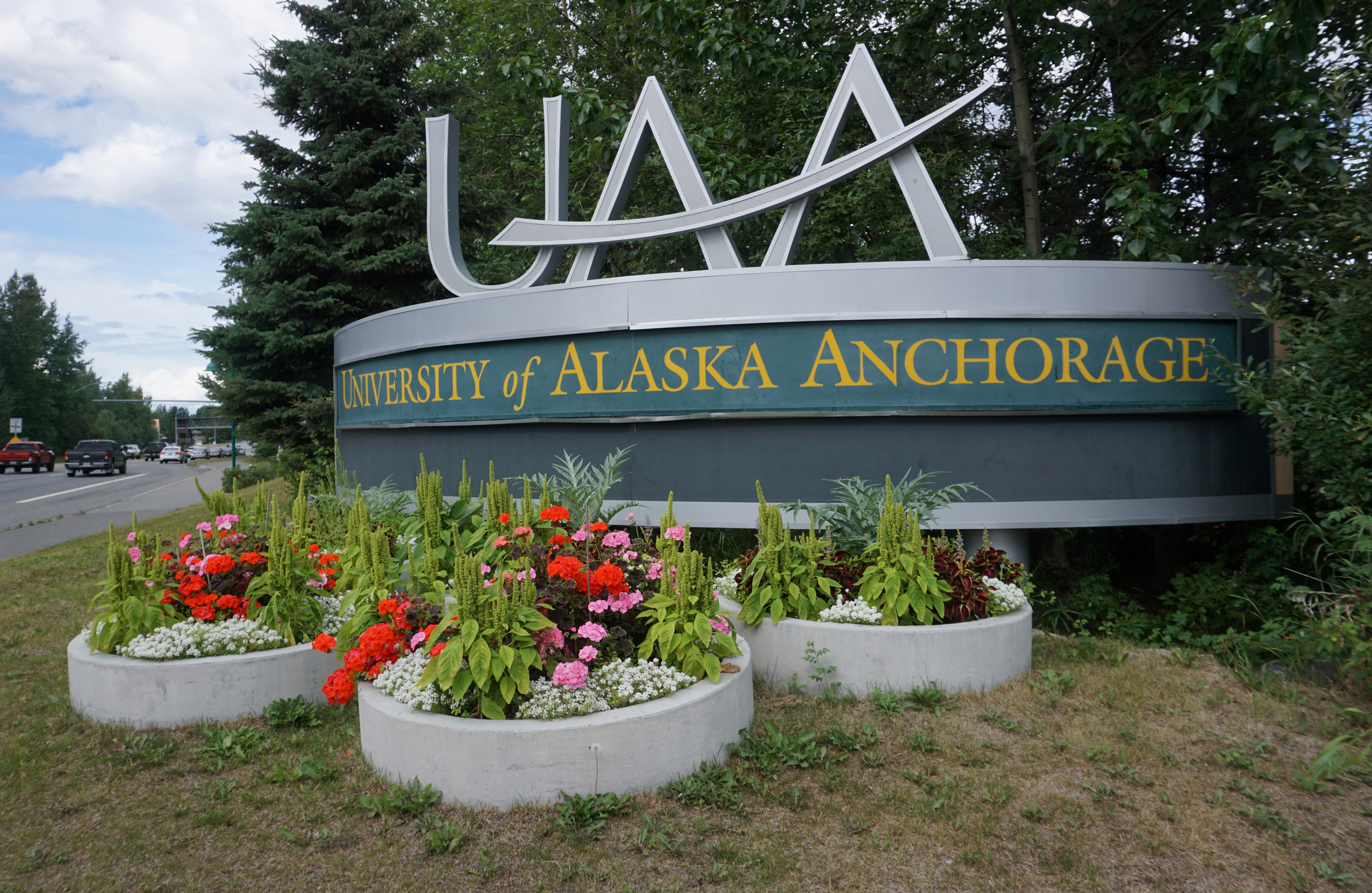Alaska’s governor ignores lawmakers and the public in his push to dismantle the state’s university system
Alaska Gov. Mike Dunleavy has pushed ahead with a plan to gut the University of Alaska system with 40 percent cuts, despite widespread opposition across the political spectrum.

In the five months since Gov. Mike Dunleavy introduced a plan to wipe out more than 40 percent of state funding for the University of Alaska, the negative response from Alaskans has been long, loud and consistent.
Rarely in the history of Alaska’s university system has there been as much public support displayed for its teaching, research and public service missions.
In hearing after hearing, Alaskans opposed the Dunleavy plan for a $135 million reduction and said it would put the survival of the institution at risk.
It would cripple Arctic research, a field in which the University of Alaska is a world leader. It would encourage young people to leave Alaska. It would damage the economy and make Alaska a less desirable place for private companies to invest.
[Deep budget cuts put University of Alaska in crisis mode; ‘grappling with survival’]
A majority of the Alaska Legislature agreed with the public sentiment and voted instead for a $5 million decrease to the UA budget, which would preserve nearly all of its operations.
That should have been a signal to Dunleavy, but he has opted to push the university over the edge.
Dunleavy ignored the legislature and the public in using his veto power to try to dismantle the University of Alaska, without ever explaining what he hopes will remain after 1,300 to 2,000 employees are terminated.
Many academic programs are to be eliminated in a manner that can’t help but be chaotic and destructive.
There is still a slim chance that a portion of his cuts will be reversed, but that possibility is shrinking by the day.
Dunleavy’s comments about the university never go beyond a few mindless phrases about the need for “better outcomes” and how he is a graduate of the university and his daughters are students.
Some speculate that Dunleavy, a Republican, is driven by political motives such as crippling climate change research or reducing the number of Democrats and liberals in Alaska to improve his party’s standing.
[How Alaska politics created the crisis threatening the state’s university system]
In any case, the public and the political system is not with Dunleavy on this, rejecting his narrow arguments that dismantling the University of Alaska system is the only choice the state can afford.

Dunleavy claims that if the state is going to be able to afford sending $3,000 checks to every Alaska resident through the Permanent Fund Dividend, higher education has to take the hit.
Of course, there are other options that he refuses to discuss, namely the options of enacting some form of new tax, such as a sales or income tax — a decision that would still leave Alaska with a lower tax rate than 49 other states.
But Dunleavy has succeeded so far because Alaska’s Constitution gives the governor more power than in most states, with a vote of at least three-quarters of the legislature required to overturn his budget decisions.
The legislature has been unable to meet that threshold, which is why the University of Alaska took the extreme step July 22 of declaring a financial emergency.
This action will have long-lasting negative consequences for young Alaskans and the Alaska economy.
“Financial exigency,” the academic term for the emergency, will lead to a sudden and unplanned dismantling of programs across the state.
Unless there is a miracle turnaround in Juneau, the path forward appears bleak.
Tuition revenue will drop. Research grants and contracts will drop. As faculty members are laid off and programs are discontinued, students will go elsewhere. Faculty members with research contracts will go elsewhere. It will be a death spiral.
At least twice in the past, the university has been on the ropes because of decisions made in Juneau. In both instances, however, there was a governor who believed in higher education and worked to prevent the damage.
In this instance, the governor who campaigned for office in 2018 with promises of no cuts to the university has been leading the charge to damage higher education in Alaska, and offering no vision for the future.
Dermot Cole can be reached at de*********@gm***.com.
The views expressed here are the writer’s and are not necessarily endorsed by ArcticToday, which welcomes a broad range of viewpoints. To submit a piece for consideration, email commentary (at) arctictoday.com.